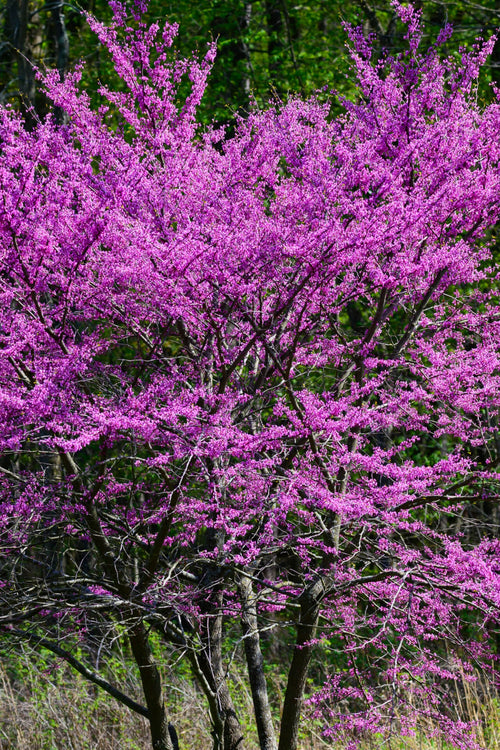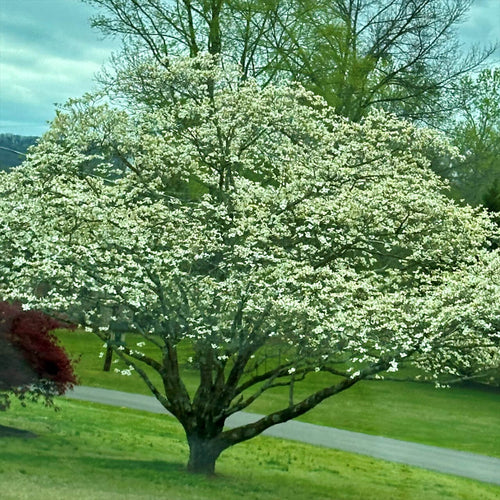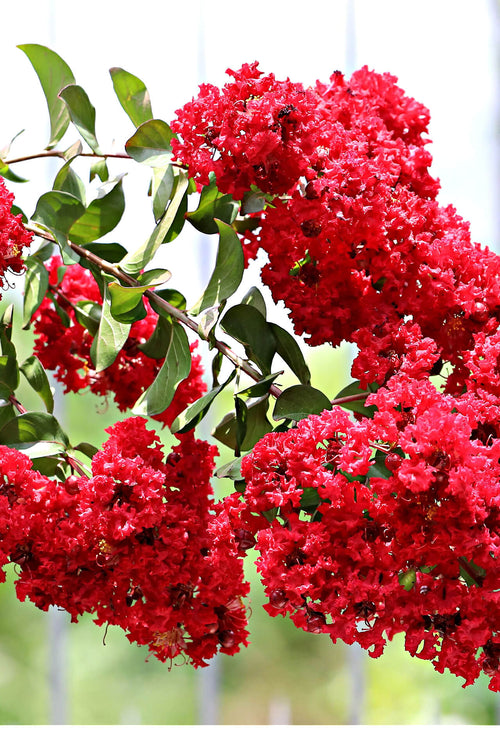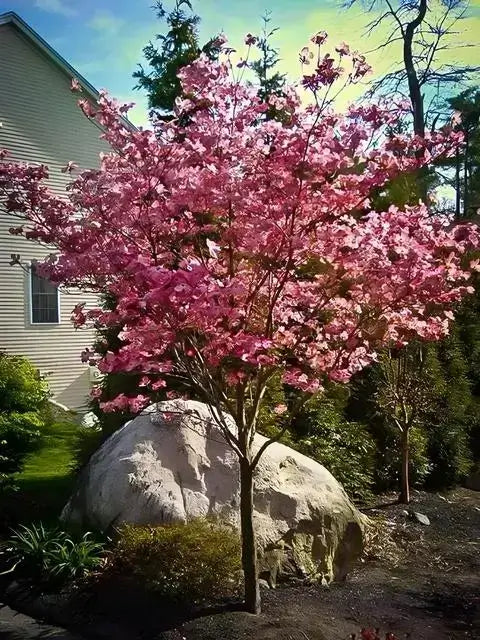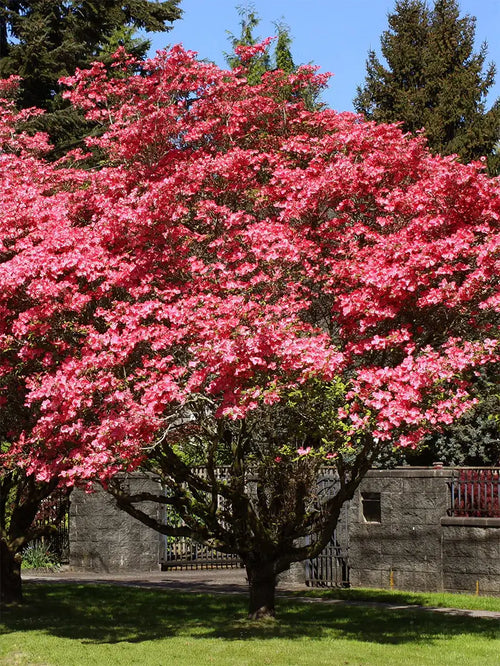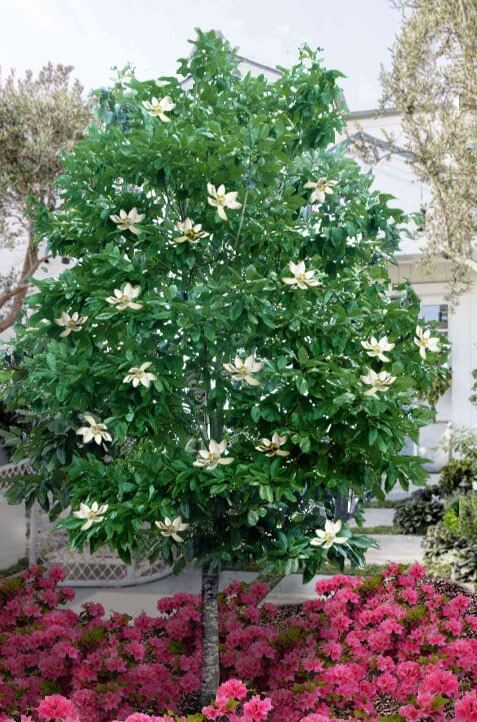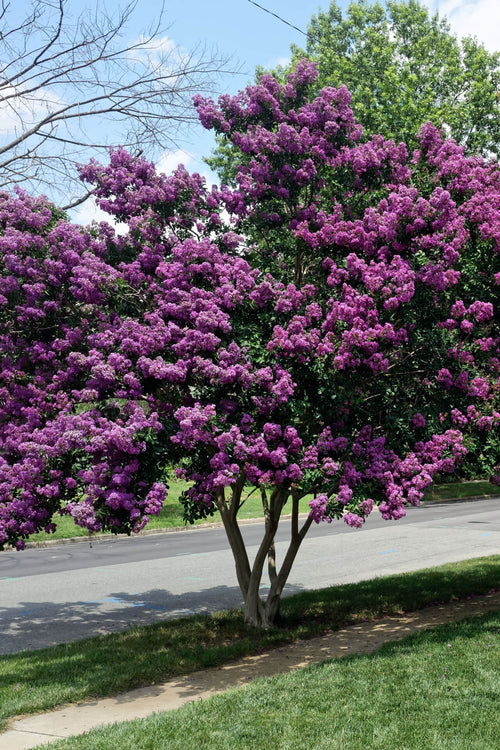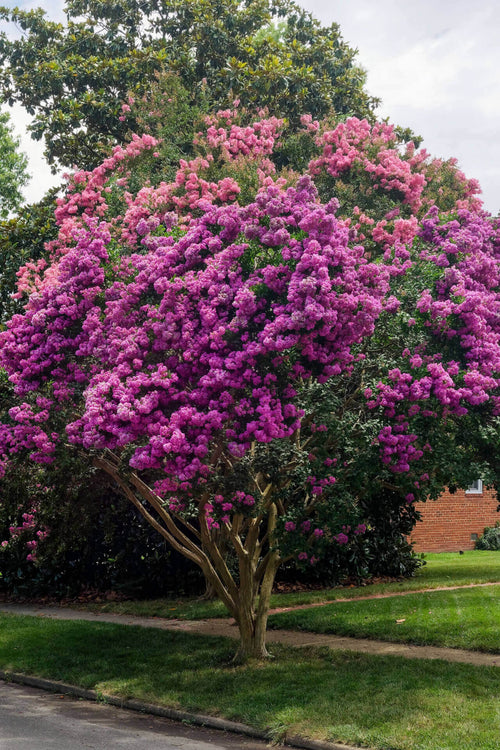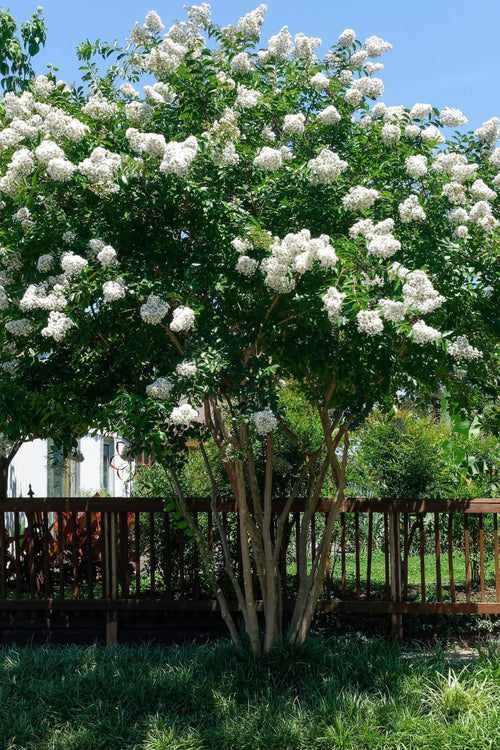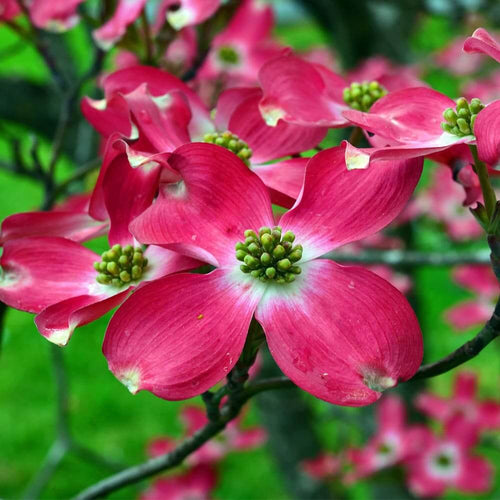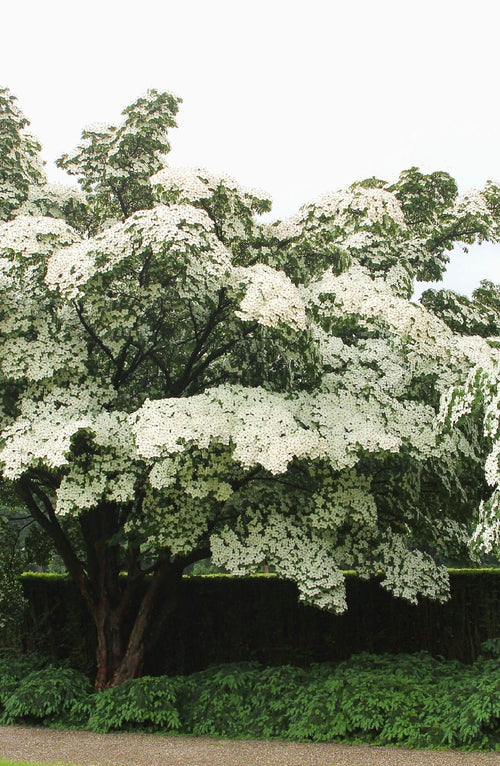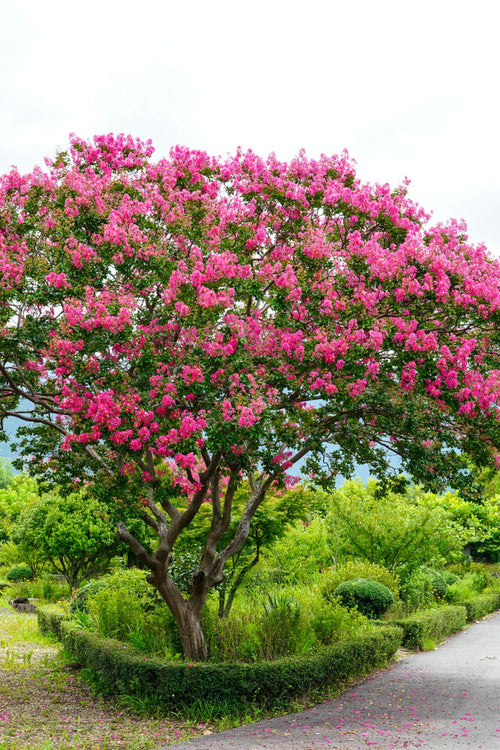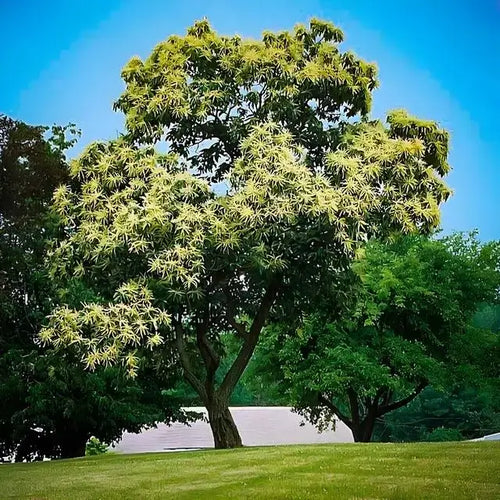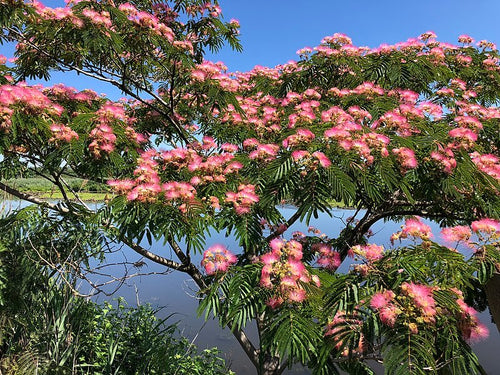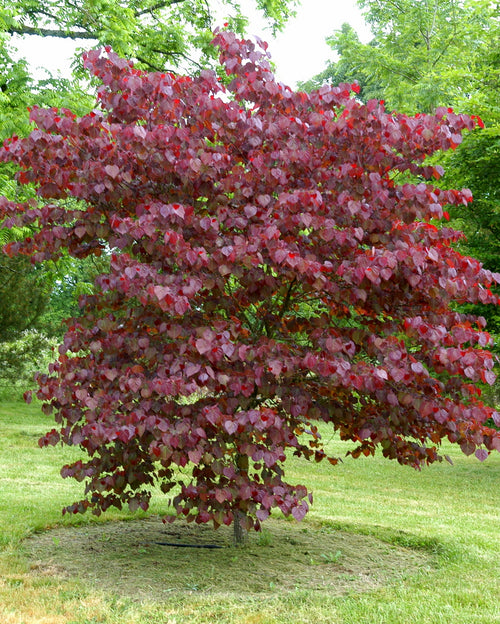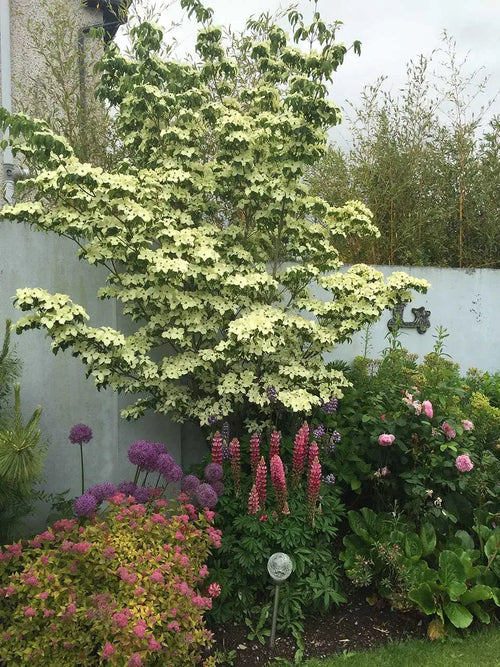Flowering Dogwood Trees
Flowering Dogwood Trees are hand-crafted and come in a variety of colors. They are one of Sprin's most glorious types, with delicate blooms and green foliage. TN Nursery offers the best prices on grafted dogwood trees, and we guarantee our plants for one full year.
Flowering Dogwood Trees Are Highly Sought After
The Cherokee Brave is a fascinating and distinctive type known by its scientific name, Cornus florida 'Comco No. 1'. This particular ornamental type is highly sought after in horticulture thanks to its exceptional beauty. In the spring, the plant's large clusters of vibrant, deep pink to reddish blooms create a stunning contrast against its dark green foliage, making it a sight to behold.
As a small deciduous type, it usually grows to 20-25 feet. It offers year-round visual interest with its attractive branching pattern and fall foliage, which displays shades of red. It is cherished for its aesthetic appeal, which makes it a popular choice for enthusiasts. Additionally, the plant holds cultural significance among Native American tribes like the Cherokee, where it embodies traits of resilience and natural elegance in garden landscapes.
The White Princess type, scientifically known as Cornus florida 'White Princess,' is a breathtaking ornamental type that exudes enchanting elegance. Gracefully standing at 15-20 feet tall, this compact type boasts a profusion of creamy white blossoms in spring, arranged in clusters that create a magical spell of delicate allure. As the seasons progress, the leaves of this plant change to a vibrant red in autumn, adding another layer of visual interest to the plant. Whether you have a small garden or a large landscape, it is an excellent choice for adding year-round joy to your outdoor space and is sure to be the centerpiece of your garden.
Spring Grove type, scientifically known as Cornus 'Spring Grove,' is a stunning ornamental type cherished for its vibrant foliage and graceful form. This deciduous beauty typically reaches a height of 15-20 feet with a similar spread, making it ideal for small to medium-sized gardens. In spring, it flaunts clusters of creamy white flowers that contrast beautifully against its deep green leaves. As the seasons progress, the foliage transforms into rich shades of burgundy and purple in autumn, adding a striking display of color to the landscape. Its elegant structure and year-round visual interest make Spring Grove type a beloved gardener choice.
The Super Princess type is a botanical masterpiece that amazes those who come across it. With its graceful branches extending upward towards the sky, it displays a magnificent crown of striking pink flowers that radiate with vibrant energy. Not only is this variety unique for its exceptional resilience, but it also possesses a natural elegance that captures the attention of all who behold it. Flowering Dogwood Trees' regal height and abundance of flowers make them a cherished centerpiece in gardens and parks worldwide. But beyond its ornamental value, the Super Princess carries cultural significance, symbolizing grace, strength, and enduring beauty.
The Pink Kousa, scientifically known as Cornus kousa var. chinensis 'Pink,' is stunning. Originating from East Asia, these ornamental types display breathtaking pink blossoms in late spring, creating a captivating spectacle for anyone who gazes upon them. The unique and delicate star-shaped flowers adorn the branches amidst the glossy green foliage and exude an unmatched ethereal charm. As the seasons progress, the blooms give way to raspberry-like fruits that add to their beauty and attract an array of wildlife, including birds. With their graceful form, vibrant hues, and exceptional beauty, these are more than just exquisite ornamentals.
Flowering Dogwood Trees Has A Rich History
The Chief Red is a magnificent and towering symbol of Cherokee heritage with a rich history and captivating legend. Its vibrant, crimson-hued leaves sway gently in the breeze as if dancing to the whispers of generations past, embodying the strength and resilience of the Cherokee people. According to the legend, Chief Red, a noble leader, had his spirit entwined with the earth upon his passing, giving rise to this magnificent type. For the Cherokee tribes, this plant is a site of great reverence and spiritual significance, serving as a sacred gathering place for ceremonies where stories of bravery and wisdom are shared, echoing through the rustling leaves.
The magnificent Greensleeves Kousa is an ornamental type with beauty and elegance. They boast a lush canopy of green foliage and an abundance of stunning white blooms that charm any landscape. As a deciduous type, it can grow to an impressive height of 15 to 30 feet, providing a picturesque backdrop for any outdoor setting. In spring, their green flowers bloom and transform into a vibrant red fruit in autumn, which serves as a natural food source for birds and other wildlife. With its moderate growth rate, these can thrive in various soil types and prefer partial shade to total sun exposure.
Flowering Dogwood Trees Are Highly Prized
The Rubra Red, scientifically known as Cornus florida 'Rubra,' is a stunning ornamental tree highly prized for its vibrant spring display of pink to red flowers. These beautiful blossoms stand out against the backdrop of its dark green foliage, creating a picturesque scene in gardens and landscapes. As the seasons progress, the Flowering Dogwood Trees' foliage transitions to shades of red and purple in the fall, adding another dimension of beauty to its appearance. This compact, deciduous type typically reaches a height of 15-30 feet, making it ideal for smaller gardens or more significant landscapes. Its beauty and adaptability make it a favorite among gardeners.

